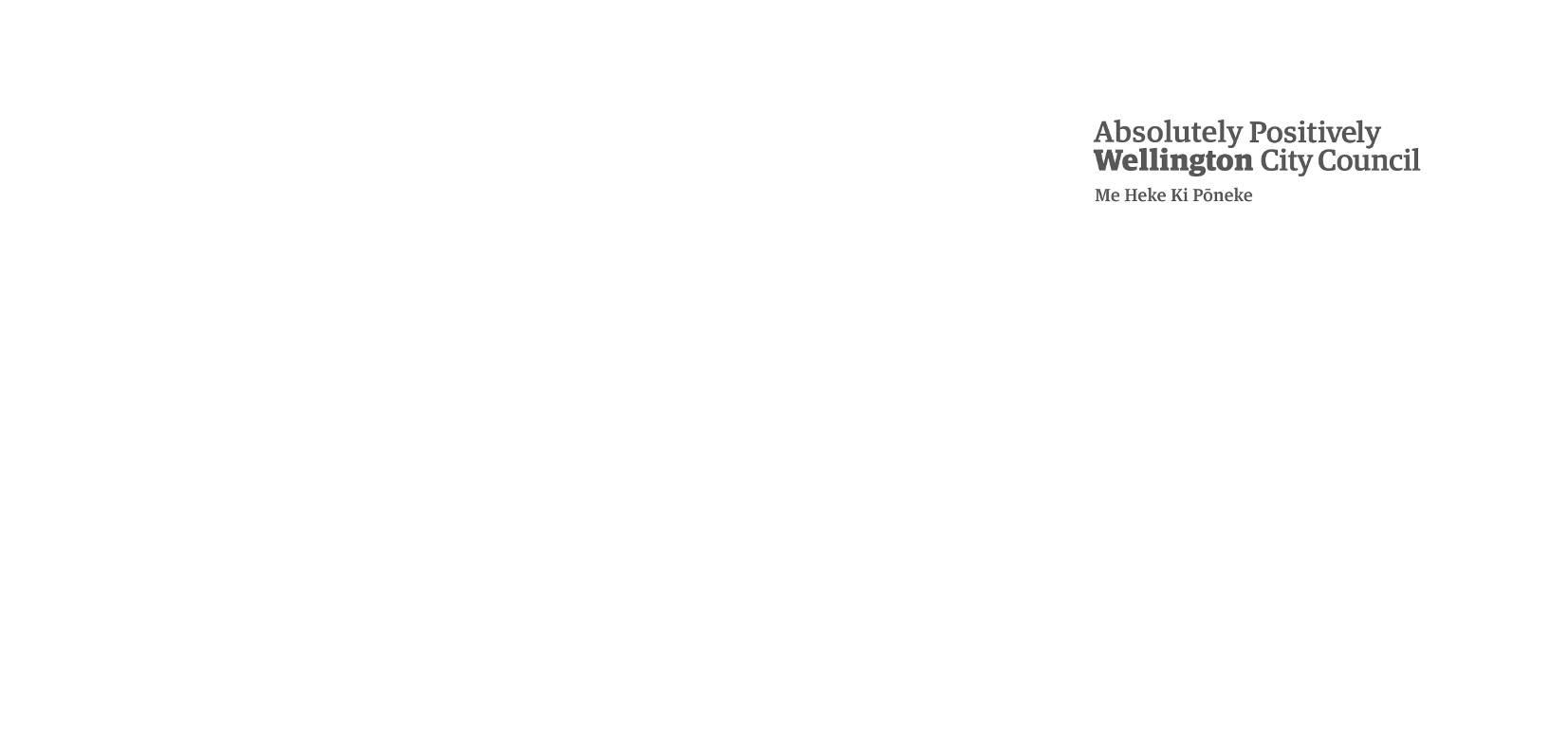 Memorandum
Memorandum
Date:
25 October 2018
To:
Mike Mendonca
From:
Emily Taylor-Hall & Robert Hon
Subject:
What happens to Wellington’s kerbside exported plastic recycling
Background
1.
The Wellington City Council currently contracts its residential kerbside collection to EnviroWaste NZ. Glass is collected
separately from other recyclable material following a week-on, week-off schedule. Collected material is sent to Oji Fibre
Solutions’ semi-automated materials recycling facility (MRF) in Seaview, Petone. The separated recycled material is baled
and on sold to on shore and off shore recyclers.
2.
Paper, recovered corrugated cardboard and HDPE and PET plastics are largely recycled on-shore with a small amount of
overflow being sent off shore for recycling. Mixed Plastics (Grade 3 – 7) are sold to an overseas buyer through a broker,
Ausino Commodities Ltd for the best possible return.
3.
China’s Green Sword initiative enacted on 1 Jan 2018, which at its core, placed stricter conditions on the amount, type and
levels of contamination for imported waste into China for reprocessing disrupted the existing supply chain. Up to that point,
China was the biggest importer of plastic waste from overseas and the change meant most plastic waste were re-directed to
alternative markets.
4.
Most of Wellington’s exported plastic was already being sent to Malaysia instead of China prior to the implementation of the
Green Sword initiative. However after the implementation of China’s green sword initiative, the volume of imported plastic
waste entering the South East Asian markets increased dramatically. This led to Councils finding difficulty to on sell their
processed mixed plastic recyclables internationally. Oji advised the Wellington City Council that Wellington’s mixed plastic
waste was still being sold although the price was volatile.
5.
At the end of July 2018, the Malaysian government announced a 3 month suspension of all existing import licensing pending
a review of its policies around the importation of waste for re-processing. This followed similar moves by the Thai
government in early June 2018.
6. With this as the backdrop, the Wellington City Council had concerns around the future of these markets and the impact it
would have on our recycling collection services moving forward as well as more operational concerns, in particular the
following:
a)
How much of the exported plastic actually gets recycled?
b)
Getting an understanding of the supply chain and where we fit in this supply chain.
c)
How ethically the staff in these facilities are treated?
d)
How the environmental impacts of such facilities are managed?
e)
What actions the Council can accommodate to reduce any wastage?
f)
Any impact of China’s policy change on the existing market and what the future may hold.
7. To address these concerns, the Council, facilitated by Oji Fibre Solutions and personnel from Ausino Commodities, sent a
delegation consisting of two Council officers, a representative from Oji Fibre Solutions and a representative from Ausino
Commodities on a fact finding visit to Malaysia. The delegation consisted of the following:
a)
Emily Taylor- Hall - Acting Waste Operations Manager for the Wellington City Council
b)
Robert Hon – Waste Operations Engineer for the Wellington City Council
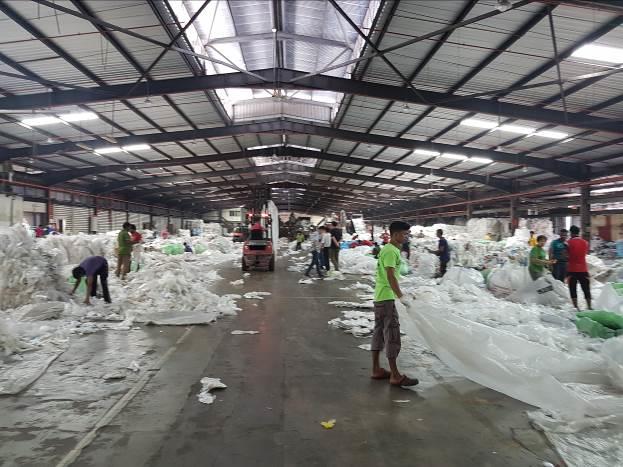
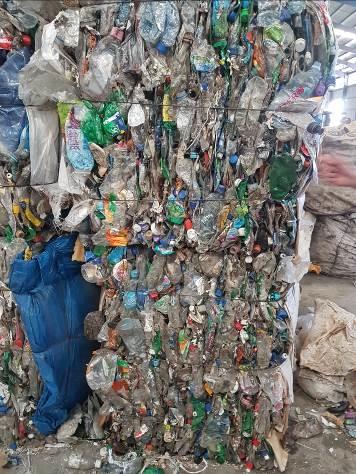
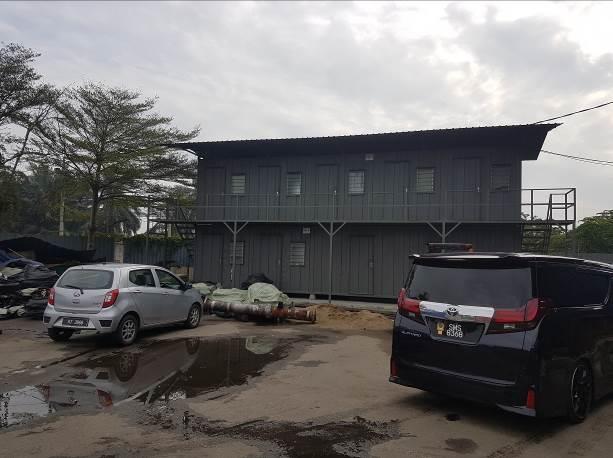
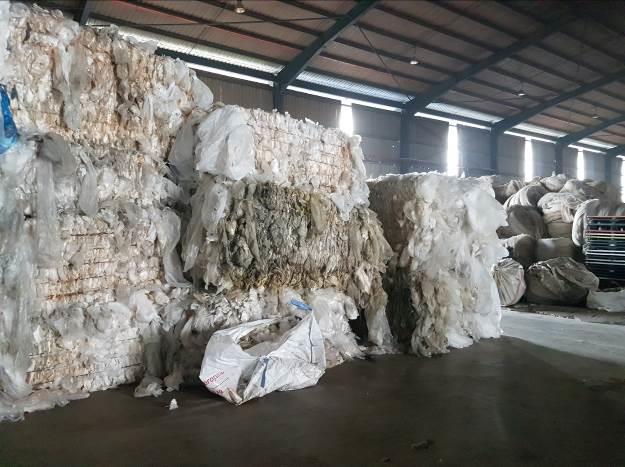
c)
Redacted under section 7(2)(a) of LGOIMA
from Oji Fibre Solutions
d)
Redact – Ausino Commodities
ed
under
8.
The visit included site visits to three more labour intensive waste plastic facilities specialising in re-processing plastic and
section
mixed plastics in the Malaysian state of Selangor and Negeri Sembilan as well as a visit to an automated waste plastic sorting
7(2)(a)
facility in the Malaysian state of Johor Bharu. All these plants do receive some imported plastic waste from Wellington, other
of
parts of New Zealand and Australia. The delegation was hosted by the owners of these operations.
LGOIM
A
8.
The Delegation left on the 20th of August 2018 and returned on the 27th August 2018.
Plastic Reprocessing Facilities in Selangor and Negeri Sembilan
9.
The first two processing plants were located in the Port Klang industrial area in the Malaysian State of Selangor. The third
facility, a much larger facility, was located in the Malaysian state of Negeri Sembilan. These facilities were individually owner
operated, forming a loose network of recycling processors who leverage processing capacity off each other. These facilities
relied largely on manual labour in the reprocessing operations.
10. The facilities comprised of large warehouse with good air flow. All facilities were clean and included an office facility
complete with washrooms. One facility had a local shop within the complex. The staff was a mix of local and imported labour
and appeared well treated. The owners provided assurances that all imported labour had all necessary legal permits and
requirements to work in the country. All of the facilities also had on-site housing for staff. The housing whilst basic appeared
adequate.
Warehouse Facility for plastic re-processing
On-site housing facilities for staff
11. All the facilities were in operation at the time of the visit. Baled imported waste was transported directly to the receiving
area of the facility from the ports. There, the baled material was separated and sorted manually depending on the material
type.
Baled plastic film at receiving point of facility
Baled mixed plastics


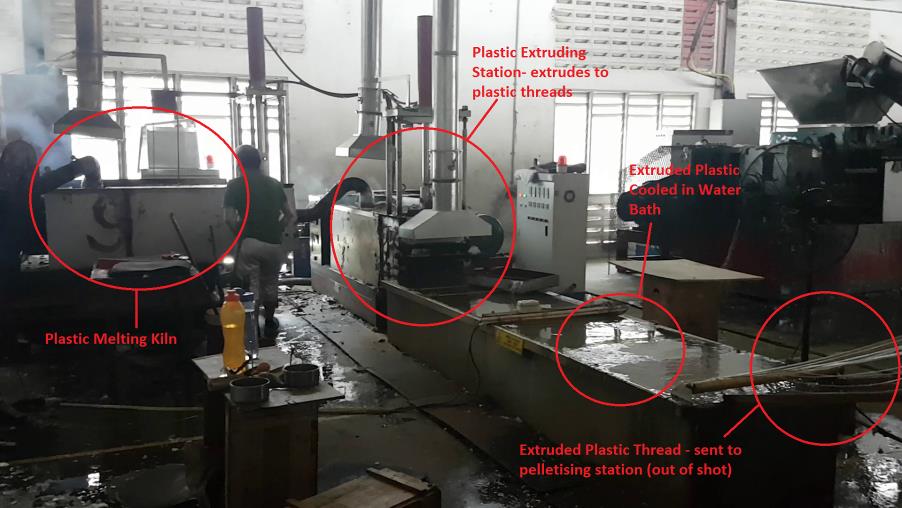
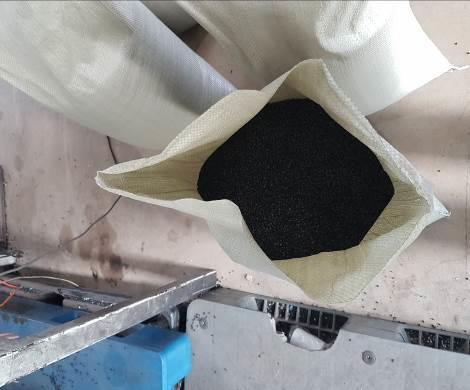
12. The plastic material was then shredded, in the case of plastic film, or flaked, in the case of hard plastics, and then washed in
a wash facility, which consisted of a large concrete ‘tub’ with paddles to agitate the water during the cleaning process. Water
in this wash facility was re-circulated and when necessary, replenished.
Flaking/Shredding and cleaning unit at hard plastics facility
Air dried, clean hard plastic flakes
13. The washed plastics were then left to air dry and then sent to a kiln to be heated to form a slurry mix. The melted plastic
slurry was extruded into thin threads before being cooled in water and then cut, forming small cylindrical plastic pellets or
plastic granules. The granulated material was then bagged and exported as raw materials for plastic product manufacturers,
both locally and overseas.
Granulated plastic pellet ready for shipment
14. Most of the processed recycled plastic pellets are sold to manufacturers in China and as far as we understand, China’s Green
Sword policy does not extend to recycled plastic pellets. The owners indicated that the bulk of their recycled plastic was
being sent to China and repurposed into plastic cabling for electrical wiring.
15. Discharge from the heating process was captured through a ducting system and sent through a carbon filter before being
released into the atmosphere. Water used in the cleaning process is flushed and sent through a compact water treatment
facility which consisted of chemical cleaning, anti-flocking treatment and a settlement pond prior to being discharged into
the environment.
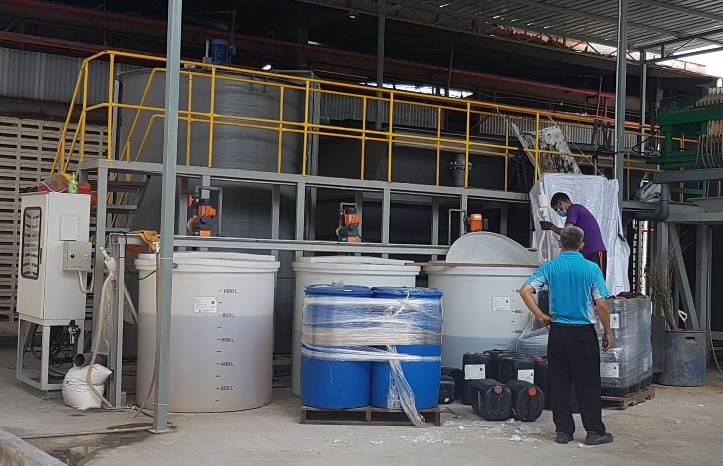
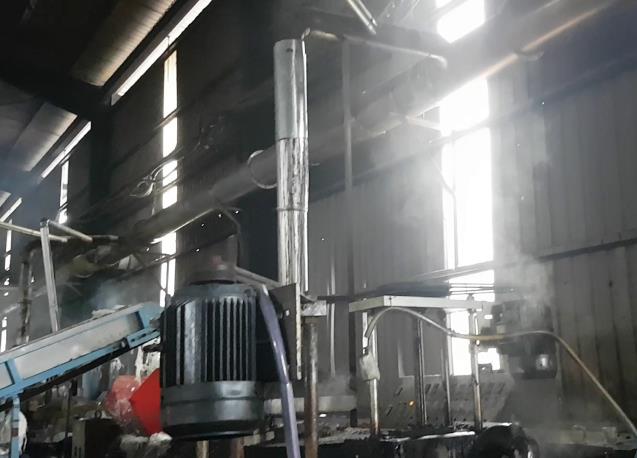
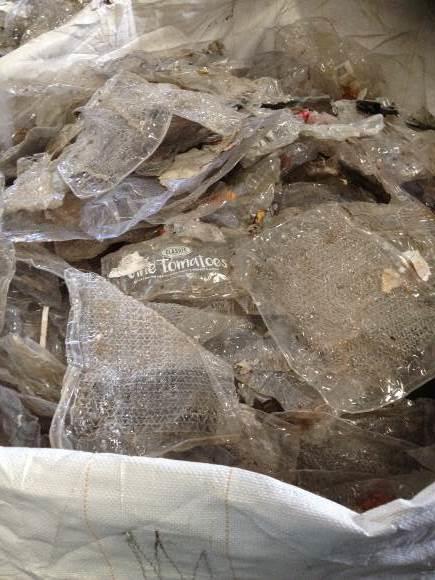
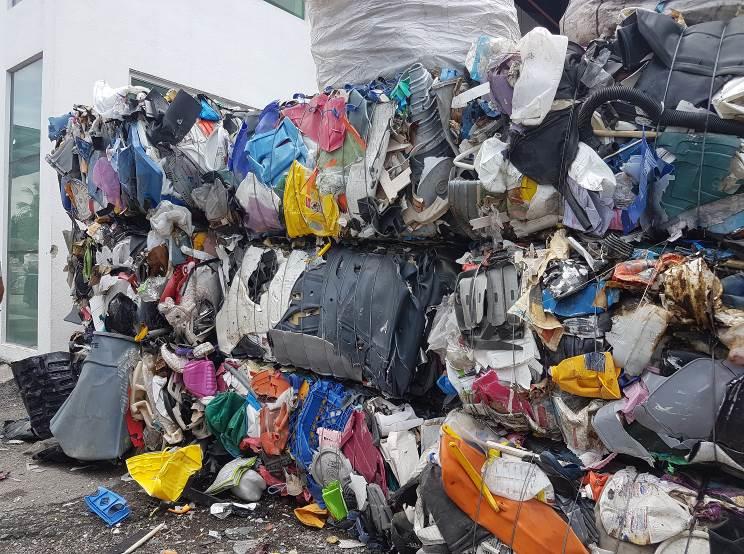 Discharge from the heating of plastic collected through ducting system
Compact water treatment unit at plastic recycling facility
Discharge from the heating of plastic collected through ducting system
Compact water treatment unit at plastic recycling facility
16. The scale of the processing varied from depending on the facility. The smaller facilities at Port Klang on average could
process 1200 -1500 tonnes per month. The facility in Negeri Sembilan was on a larger scale housing approximately 50
workers with the capacity to process 5000 tonnes per month. Given the large investment in the plant and resources, the
facility owners were keen to ensure security of supply and minimise any wastage during the reprocessing process. They were
also committed to operate within the confines of existing rules and policies. In essence, they have too much capital already
invested for them to jeopardise their reputation by operating unethically.
17. The wastage from the process for these more labour intensive operations was minimal. It appeared that there was a drive by
the owners, given the large capital investment, to extract as much value from the recyclable material it received. Materials
that could not be processed at the site were baled and on-sold to other buyers. The main wastage from plastic material
exported from New Zealand was the PET meat trays and plastic containers made with a mixture of different grades of plastic
(light proof milk bottles). PET meat trays were difficult to visually separate from PVC meat trays. Furthermore, the trays were
were difficult to clean prior to reprocessing due to the closely spaced indentations at the base of the tray. These facilities did
not have the specialised equipment to reprocess the meat trays.
PET meat trays collected and sent to landfill
Hard plastics awaiting reprocessing
18. The recyclers also indicated they were able to recycle/reprocess hard plastics and were keen for more feedstock.
Traditionally, the Council has not advocated for residents placing hard plastics, e.g. plastic chairs, tables, plastic toys etc. as
part of the kerbside recycling. This is largely due to the concerns with the bulk of the material which could translate to health
and safety concerns for the collection operators. However, there are opportunities to divert this material at the transfer
station at the Southern Landfill and council officers are keen to explore this in further detail.
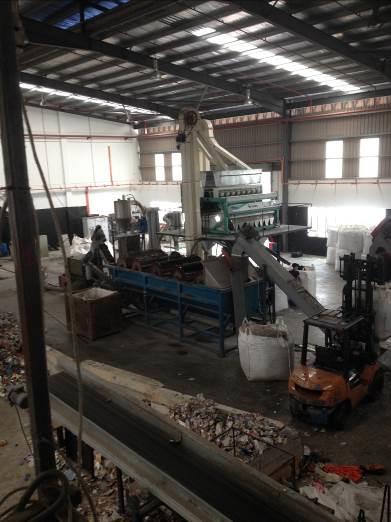
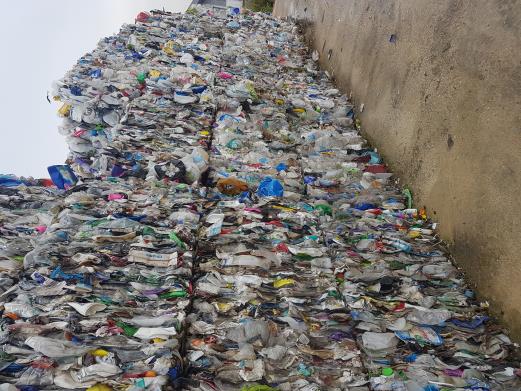 Discussions with owners of manual processing facilities
Discussions with owners of manual processing facilities
19. When asked about the 3 month suspension of plastic waste import licenses by the Malaysian government, most owners held
the view that the Malaysian government were using the suspension to remove unethical operators and create standardised
guidelines for such activity going forward rather than look to instigate an outright ban. However until the government
announces their findings and provide guidance going forward, expected by the end of November, nothing is confirmed.
20. The facility owners were confident that their operations were up to standard or can comply with new standards whilst
remaining economically viable should the Malaysian government review results in stricter compliance for existing operators.
One operator candidly commented that with the recent market volatility and uncertainty, the processors who are still
operating are the ‘best’ operators in the market. There is an element of truth in the comment.
21. When asked about their views on an increased use of recyclable plastic bags or compostable bags, they were concerned
about the controls in place from source to ensure these bags do not get mixed into the exported waste. Without proper
controls, it could lead to inefficiencies in separation as the labour would now have to learn to differentiate between the
conventional bags and compostable bags. Poor controls would lead to contamination of the plastic film supply chain and may
result in all plastic bags/plastic film received considered uneconomical (due to separation under the manual process) and
removed from the site.
22. Curiously, whilst there was technically a 3 month ban in place, it appeared that shipments of recyclable waste in containers
continued to arrive at these facilities. We did not have the opportunity to ask whether the containers were stockpiled
containers that entered the port prior to the suspension or whether the owners had a temporary permit. One facility
manager did inform me that government officials had visited the site and the outcome of the visit was positive.
Automated plastic recycling facilities visit
23. The last site visit was to a fully automated processing plant in the Malaysian State of Johor Bharu with a capacity of
processing 1800 tonnes per month. The factory mostly dealt with what is known as ‘4-4-2’ mixed plastic waste. The waste
arrived baled and the material was separated, placed on a conveyor system and put through an automated optical sorter.
The optical sorters generally separate the material between PET, HDPE and PVC. These materials were then separated
further through another set of optical sorters sorting between colours and clear plastics.
Baled ‘4-4-2’ mixed plastic awaiting reprocessing
Automated sorting plant showing one of the optical sorting units.
24. Once the material was sorted, it was then flaked, washed and then processed into plastic granules using a similar heating,
melting, cooling and granulating process as the previous factories we visited. The main difference was that this process was
more automated requiring less manual labour. The output material was then on-sold as raw materials to plastic production
plants.
25. There appeared to be more waste using the automated process as the amount of material that would be recycled was
heavily dependent on the accuracy of the optical sorter. If baled material was not separated efficiently, for example two
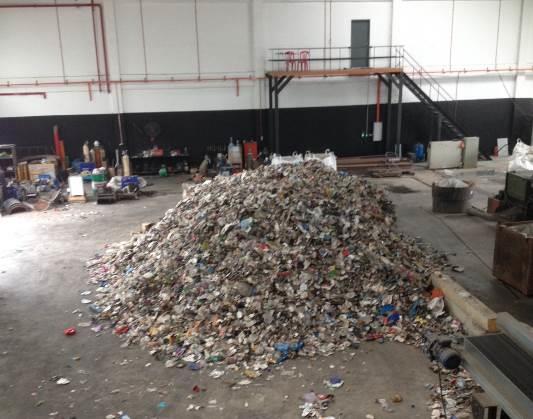
plastic pieces made of different grades of plastic remain interlocked due to compaction during the initial baling process, the
optical sorter may identify these items as unrecyclable and therefore waste. However, there was a possibility to re-handle
the waste pile and run this through the system again to extract more recyclable material.
‘Waste’ from automated sorting facility
26. We understand none of Wellington’s mixed plastic waste was sent to this facility. Oji’s sorting facility in Wellington separates
the material adequately enough to interest the manual processing facilities.
Discussions with owners of the automated processing facilities
27. The owner of the automated processing plant was using this facility as a show piece as well as testing the concept with the
goal of producing a streamline version of a modular ‘plug and play’ automated plastic waste processing plant able to be
deployed in any location.
28. The idea is intriguing and the owner expressed interest in deploying such processing plants in New Zealand if the economics
made sense. It would appear that such automated systems would be ideal to be set up in high labour cost countries such as
New Zealand.
Lessons Learnt
29. New Zealand’s waste made up a small fraction of the plastic waste in the supply chain.
30. Our plastic waste is definitely getting recycled and from what we see, facility owners in Malaysia are gearing up to
accommodate the demand for accepting more waste if Malaysian government policies allow them to.
31. Stricter government controls of the type, quantity, contamination of imported plastic waste expected from destination
countries in the future.
32. If we are still intending to export recycling overseas for re-processing, it is important that New Zealand councils supply the
least contaminated and highest value product on the international market. This provides some resistance to policy change
risks in importing countries as our product will always be in demand and command better prices. This may require changes in
the way we collect kerbside recycling.
33. The whole system is interlinked and how one collects from the kerbside and processes prior to export, affects the value of
this commodity to off shore processors and to an extent reduces the risk of the material not being accepted.
34. Looking forwards, the only way to completely hedge against these kinds of disruptions is to have on-shore plastic
recycling/reprocessing facility.
35. In order to create an environment conducive for investment for an on-shore reprocessing facility, security of supply and a
standardise collection and separation method is vital to entice such investment.
36. Building relationships with the waste importers and understanding the whole supply chain is critical for us to ensure as much
of our exported material is recycled. By understanding what can or can’t be reprocessed, we can adjust our kerbside
recycling acceptance criteria to ensure we are not exporting ‘waste’ overseas as well as expand opportunities to divert more
waste from landfill e.g. hard plastics where possible.
Memo prepared by
Emily Taylor-Hall
Manager, Waste Operations
021 247 9769
&
Robert Hon
Waste Operations Engineer –Waste Operations
021 227 8148















